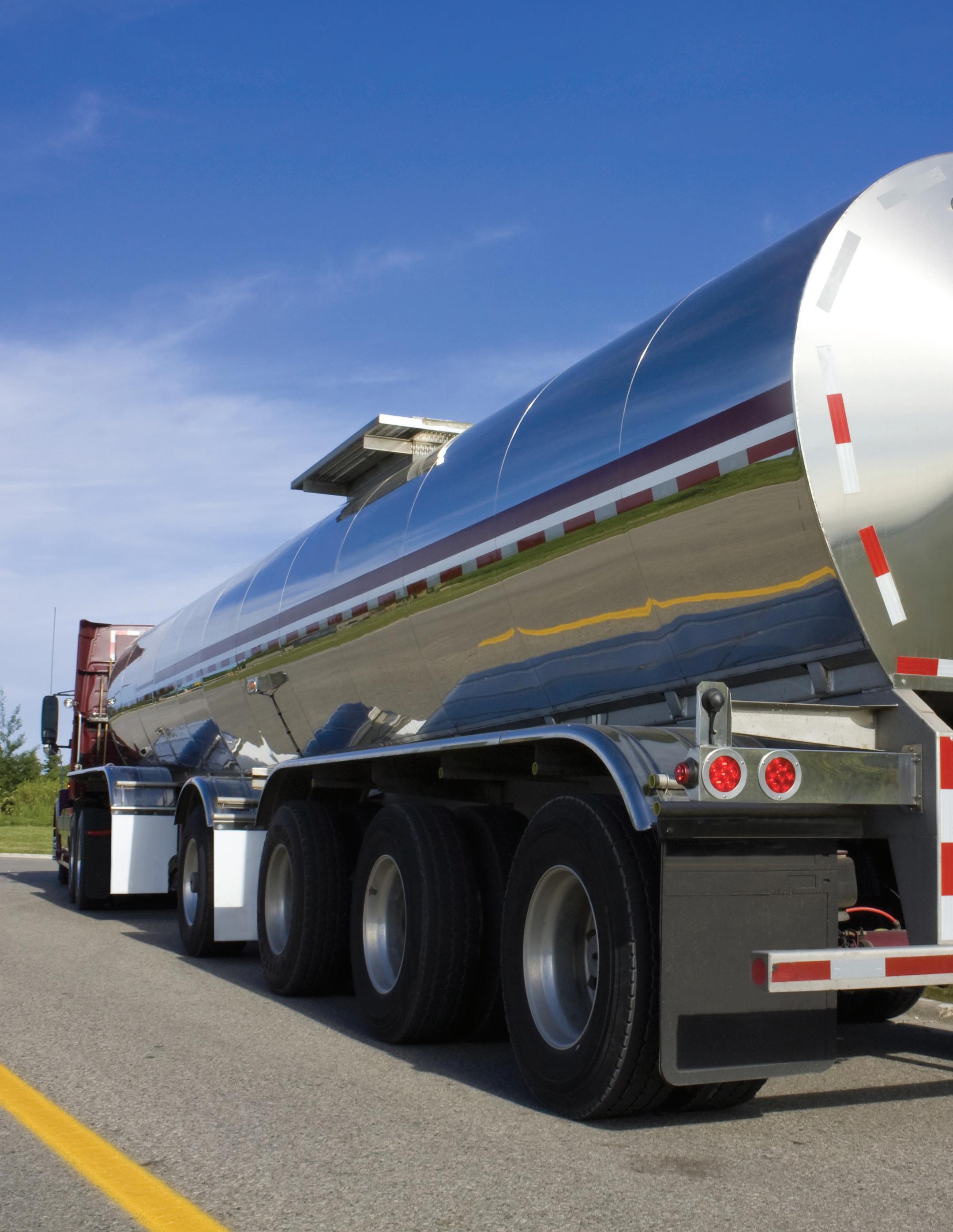
3 minute read
FINANCIAL RECORDS
The following seven tables present detailed financial data from this summary. These tables are organized into two sets:
Tables A-1 through A-5 are COMPARISONS BETWEEN YEARS
Tables B-1 through B-3 are DATA BY HERD SIZES
Each set includes a condensed earnings worksheet, a balance sheet summary and a page of evaluation factors. The 2018-to2022 data series includes farms in Connecticut, Maine, New Hampshire, New York and Vermont. A majority of the farms are from New York.
Please note the following in order to properly use this data:
Cattle purchased for replacements are considered operating expenses, but cattle purchased for expansion are capital purchases. The accrual adjustment change in the inventory of raised livestock is calculated by subtracting purchases for expansion from the total increase in cattle inventory value.
Depreciation has been restated by applying a standard percentage of depreciation to various asset classes in order to compare consistent numbers from year to year and avoid variations driven by changes in tax laws.
Incorporated farms were adjusted to sole proprietor status, and owner draw was recorded as Family Living Expense. If there was more than one owner, the largest draw was recorded as Family Living, and other owner salaries were recorded under Hired Labor.
Appreciation and revaluation of capital assets do not appear in the earnings statements. They are, however, included on the balance sheets.
Current liabilities on the balance sheet include both current debts as well as the current portion of intermediateterm and long-term liabilities.
Government payments include state program payments and those from USDA programs. Crop insurance indemnities are recorded as Crop Revenue.
Your Farm Credit team of ag finance specialists encourages you to review the following financial data thoughtfully and thoroughly. It allows you to identify your strengths and weaknesses and to improve your operation for the future.
TABLE A-2.
COMPARISON BETWEEN YEARS / Earnings Worksheet
COMPARISON BETWEEN YEARS / Earnings Worksheet Per Cwt. TABLE A-1.
TABLE A-2. COMPARISON BETWEEN YEARS–EARNINGS WORKSHEET PER CWT.
Note: Expenses are adjusted for changes in accounts payable, prepaid expenses, and supply inventories to remove the effects of tax planning and reflect only 1 year's expenses.
Note: Expenses adjusted for changes in accounts payable, prepaid expenses and supply inventories to remove the effects of tax planning and reflect only one year's expenses.
TABLE A-3.
COMPARISON BETWEEN YEARS / Balance Sheet Summary
TABLE A-3. COMPARISON BETWEEN YEARS–BALANCE SHEET SUMMARY - DECEMBER 31
TABLE A-4.
COMPARISON BETWEEN YEARS / Evaluation Factors
TABLE A-4. COMPARISON BETWEEN YEARS–EVALUATION FACTORS
2022 DATA BY HERD SIZE / Earnings Worksheet
Table
TABLE B-2.
Table
2022 DATA BY HERD SIZE / Balance Sheet Summary
Note: Expenses adjusted for changes in accounts payable, prepaid expenses, and supply inventories to remove the effects of tax planning and reflect only one year's expenses.
2022 DATA BY HERD SIZE / Evaluation Factors
TABLE B-3. 2022 DATA BY HERD SIZE–EVALUATION FACTORS
Glossary
Net Cash Farm Income
A measure of farm profitability in terms of cash flow and net cash farm income, reflects the ability of a farm business to meet its cost of production through cash income. It is equal to:
Cash Receipts — Adjusted Cash Operating Expenses
Accrual Adjusted Operating Expenses
Farm operating expenses adjusted to reflect 12 months of operation and to remove the effect of tax planning. Adjustments account for changes in supply inventories, accounts payable and prepaid expenses. Operating expenses do not include family living costs or capital expenditures.
Net Household Income
An accrual measure of overall household earnings, reflecting all revenues and costs, including both farm and non-farm sources. It is equal to:
Net Cash Farm Income
+ Change in Accounts Receivable
+ Change in Production Inventories
+ Net Nonfarm & Noncash Income
- Depreciation
- Family Living Expenses & Taxes
Return on Assets
Measures profit earned relative to total farm assets, including assets financed with debt and those financed with farm equity. Return on assets is equal to:
Net Earnings + Interest Expense
Average Assets
Return on Equity
Measures profit earned relative to a farmer’s equity investment in the farm operation. Return on equity is equal to:
Net Earnings
Average Net Worth
Debt Capacity
The maximum amount of capital debt that can be repaid from a farm’s cash flow, the calculation of debt capacity is described in the summary.
Reserve Debt Capacity
The amount of additional capital debt (beyond that already incurred) that a farm can service from cash flow. Reserve debt capacity represents a farm’s buffer against financial adversity. It is equal to:
Debt Capacity – Capital Debt
Overhead Costs
1Feed & Crop Expense = Feed + Seed & Plants + Fertilizer + Chemicals & Sprays.
2Machinery Cost = Machinery Repairs + Custom Hire + Fuel & Oil + Machinery & Equipment Depreciation.
3Return on Assets = (Net Earnings + Interest) ÷ Average Farm Assets.
4Return on Equity = Net Earnings ÷ Average Farm Net Worth.
Costs that do not vary with a change in production output, such as depreciation, interest, repairs, taxes and insurance, etc.





